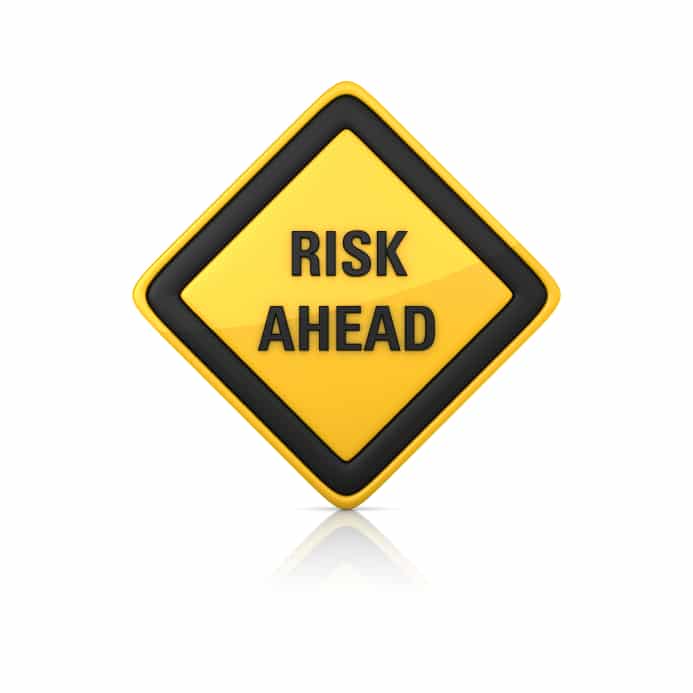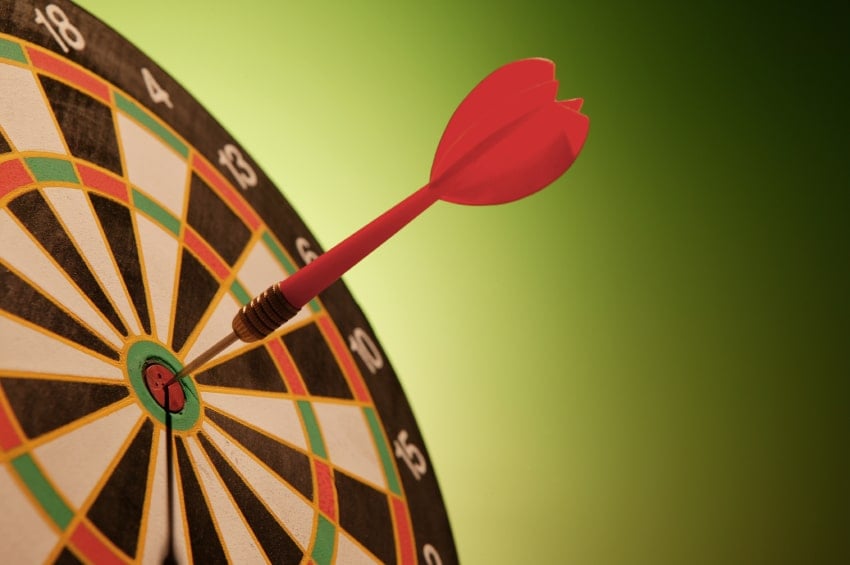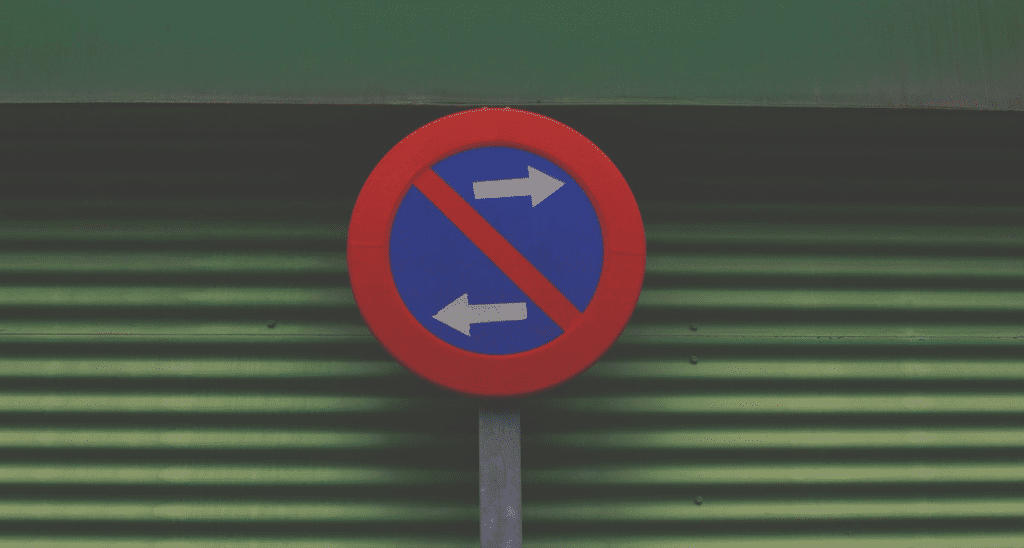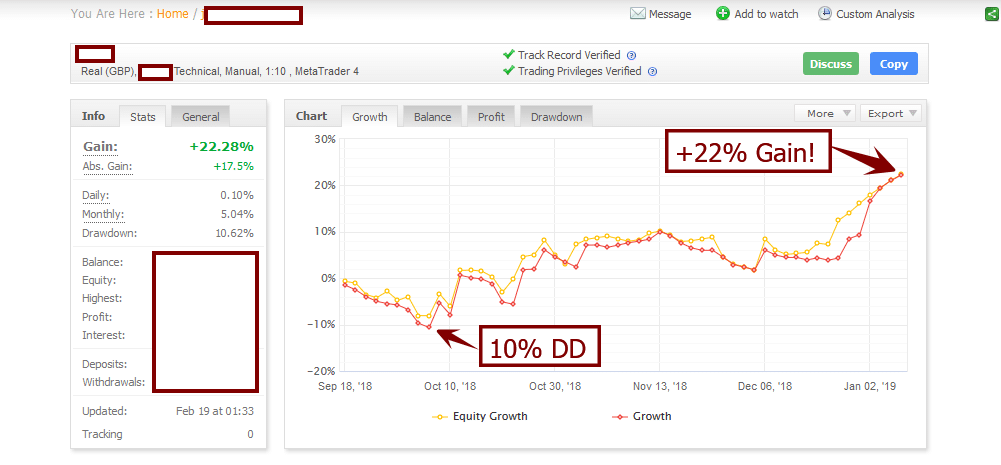I have been getting a lot of comments, questions and emails about money management trading strategies as of late, with the market becoming very volatile.
This article will show you the most important math you will need to learn to have a long term money management strategy in place, which will put the mathematics in your favor.
Risk of Ruin
The Risk of Ruin is a statistical model which tells you the chances you will lose all of your account based upon your win/loss % and how much risk you put per trade. This is absolutely critical to know.
Case in point, lets say you are risking 10% of your capital per trade, and say have a 2:1 Reward to Risk Ratio or R:R, and have an accuracy rate of say 35%. Did you know you have a 60.8% chance you will lose all of your money?
Is this something you would want to know ahead of time? Lets hope so.
But first, we need to talk about its history and how we can adapt it to trading.
History of the Risk of Ruin Model
The mathematics of the Risk of Ruin tables were first applied to gambling.
In gambling, say blackjack, if you win a hand with the dealer busting, you get a 1-1 payout so if you put $100 on the hand, you will win $100. It helps to know this ahead of time so you can see if your edge (% chance you will win over time) is enough to make money or lose money.
However, here is the tricky part. In trading, we rarely know exactly how much we are going to make per trade.
We have a limit and a stop (hopefully) right off the bat so we are aware of our risk and potential profit. But here is the harbinger and some questions to consider;
- How many times have you actually closed a winning trade before hitting your full profit target?
- Do you have a trading system where the profit target is exactly the same (fixed amount of pips) and therefore you know what your exact payout will be if you hit the target?
- Do you know exactly how accurate you are going to be with your trading based on the system you use? In other words, have you modeled it so you can predict its overall accuracy within a few % each month?
If the answer to question 1 is around 25% or greater, then we will need to take this into serious consideration when calculating our risk of ruin.
If the answer to question 2 is no, then you will need to favor this in when calculating your risk of ruin.
If the answer to question 3 is no, then the answer is the same as above and its likely the mathematics are working completely against you.
Lets explore each question, then the math and then see what is a stable level of risk so you can keep your account growing.
Closing a Winning Trade Before Hitting Full Target
For those of you that are still learning how to trade consistently, be honest and ask a critical question:
How many times have you closed a winning trade before hitting the full target?
If what I hear from people learning how to trade is representative, the answer is likely “many”.
If you were perfect in your discipline and never made an error in trading and risk management, then I would say go ahead and risk 10% of your capital every time, if you could always trade with 40% accuracy and had a reward to risk ratio of 2:1.
If you did this, you would have only a 14.3% chance of losing all your capital and likely have a winning account.
However, if you cut your profit targets for whatever reason – say 50% of the time and you cut them in half, then with the same level of accuracy, your risk of ruin goes up to about 60%.
Meaning you have a 60% chance of losing all your capital.
This changes the game completely, and puts the mathematics heavily against you having a long trading career.
In fact, every time you shorten your original profit target, you stack the numbers against you.
Now ask yourself what is more likely…that you a) are shortening your profit targets or b) increasing them?
If you are shortening them, this means you have to decrease the amount of risk per trade to keep the same mathematical edge.
A trading system where the profit target is fixed every time (say 50pips)
How many of you are using this as your only method to trade the markets?
My guess is the answer is likely less than 10%, as most of you are probably not using just one system to trade the market, but several. Even if you were using one system, the chances are it does not have a fixed target.
The reason why having a fixed target gives you an edge (mathematically), is once you can stabilize the accuracy ratio, you can easily calculate your risk of ruin because your risk and reward are fixed from the outset. This makes the math very tidy.
However, having a fixed target may not always be advisable. Sometimes the market will go for a runner, so it helps to take advantage of those big moves when they come.
They increase the alpha (the rate of return on an instrument in excess of what would be predicted by an equilibrium model) on your returns, and help smooth out losing periods. For a full article on alpha, click here.
To give you a different picture, if your system is on average 50% accurate, your R:R ratios are 2:1, you should be making $1000 on every win and $500 on every loss.
After 10 trades you will have banked $2,500. However, if you have an alpha of 5%, you will make an extra $125 which over time adds up.
Regardless, if your system does not have a fixed profit target in pips, then you will want to reduce your risk % based upon keeping the mathematics more in your favor.
How Accurate Are You Going To Be?
Unless you have done massive forward and backtesting on your system, you will unlikely know the answer to this question.
On top of this, markets change and your accuracy levels will likely change with them. A question to ask yourself is;
Do you even know your current accuracy ratio for all your trades? Per Pair? Per System?
If you do not, then it is highly likely you will have the numbers stacked against you, and your chance of losing all your capital is more likely than you assume.
What this means is to be on the safe side, you will want to have a smaller amount of % equity at risk per trade. This also becomes more critical in the early stages of your trading where you are likely to make more mistakes, have a lower equity ratio and take profit before hitting your full target.
Now that we have gone over this, lets take a look at a table below using the Risk of Ruin formula.
risk_of_ruin = ((1 – Edge)/(1 + Edge)) ^ Capital_Units
| ROR % with 10% capital at risk | Payoff Ratio 1:1 | PR 2:1 | PR 3:1 | PR 4:1 | PR 5:1 |
| Win Ratio 25% | 100% | 100% | 99% | 30.30% | 16.20% |
| WR 30% | 100% | 100% | 27.70% | 10.20% | 6.00% |
| WR 35% | 100% | 60.80% | 8.20% | 3.60% | 2.30% |
| WR 40% | 100% | 14.30% | 2.50% | 1.30% | 0.80% |
| WR 45% | 100% | 3.30% | 0.80% | 0.40% | 0.30% |
| WR 50% | 99% | 0.80% | 0.20% | 0.10% | 0.10% |
| WR 55% | 13.20% | 0.20% | 0.10% | 0.10% | 0.00% |
| WR 60% | 1.70% | 0.00% | 0.00% | 0.00% | 0.00% |
| WR 65% | 0% | 0.00% | 0.00% | 0.00% | 0.00% |
| WR 75% | 0% | 0.00% | 0.00% | 0.00% | 0.00% |
| WR 80% | 0% | 0.00% | 0.00% | 0.00% | 0.00% |
Lets deconstruct this briefly.
Using 10% of capital at risk per trade, if you are 35% accurate and have an R:R ratio of 2:1, you have a 60.8% chance of losing all your capital.
However, if you can increase your edge (accuracy) by 5%, you only have a 14.3% chance of losing your entire account. This shows the power of increasing accuracy ratio to gain a greater edge.
Now, lets take the same accuracy ratio of 35% but increase the R:R to 3:1 from 2:1.
What this does is turn your 60.8% risk of ruin to 8.2% so in actuality, this gives you a tremendous edge.
Here is the challenge; in trading, it is actually harder to increase the profit target from 2:1 to 3:1 than it is to increase your accuracy ratio of 5%.
An increase of 5% in accuracy is not a big shift. 10-20% is a big shift and much harder to achieve. Over 100 trades, you only have to win 5 more or 1 in 20 more.
But to increase your profit target from say 100 pips to 150 becomes much harder, simply because you are trying to capture more of the days range.
This requires more precision in your entry, all to increase your bottom line edge by 6% from 14.30 risk of ruin to 8.2% risk of ruin. And if you are not hitting your full targets to begin with, does making your profit target larger seem more reasonable? Unlikely.
Now lets take the other side of this equation.
Lets say you are 35% accurate (not too demanding a figure) and have a 3:1 R:R. You will only have an 8.2% chance of losing all your capital.
However, if you are like virtually everyone else learning how to trade and you take profits early, say 50% of the time, how does this change the mathematics?
It turns your Risk of Ruin from 8.2% to 34%. So now you have a 3 in 10 chance of losing all your capital. Not bad but definitely less stable. This is assuming you are perfect in taking profits at 3:1 R:R 50% of the time and 50% at 2:1 R:R.
However, things happen and make it very difficult for us to be not only perfect in our discipline, but also perfect in our mathematics and R:R ratios.
It is simple if we are trading blackjack where we know the fixed profits we can make and lose. However, this is not blackjack – it is a fluid living breathing market and sometimes it would be advisable to exit early.
Does this increase your edge or reduce it?
More than likely, any adjustments to the system and R:R ratios decrease your edge, not increase them.
So what does this mean for you?
Risk less than 10% of your capital per trade. Risk a lot less. Put the edge so far in your favor that it is almost inconceivable you would lose all your capital.
If you have capital, you are in the game. If you don’t, you are out. Your capital is your ammo and without it, your dead in this game.
Especially when learning how to trade consistently, keep your risk low – like 2%.
Even when you are really good, keep it low because you will have losing periods and when you do, you want to absorb them well and not take big chunks out of your account. Risking 10% will do this but risking 2% will not.
Although it may not seem like you will make a lot of money risking 2% and having a 2:1 R:R, over time as your account grows, it will compound and you will take losses with ease of stride.
However, by risking 5-10%, you severely alter the mathematics and your edge. And far worse, you increase the psychological pressure to recover the losses and that actually compounds the emotional/mental energies against you.
As long as your R:R ratio is 2:1 or better, when you lose you will lose a little and when you win you win much more. Even if you take a series of losses, it will only take just as many wins to be back ahead.
Case in point; say you have a 10k account and have a 2:1 R:R and risk 2% per trade. Here is how the math works out below after a series of 3 losers and 3 winners:
10k with 1 loss at 2% = $200 loss and acct is at $9,800
$9,800 with 2nd loss at 2% = $196 loss and acct is at $9,604
$9,604 with 3rd loss at 2% = $192.08 and acct is at $9,411.92
So you lost 3 trades in a row and now win 3 trades, here is the tally:
$9,411.92 with 1st win at 4% gain (2:1 R:R ratio) = $376.47 and acct is at $9,788.39
$9,788.39 with 2nd win at 4% gain = $391.53 and acct is at $10,179.92
*thus after 2 trades you are back into profit.
$10,179.92 with 3rd win at 4% gain = $407.19 and acct is at $10,587.11
So even after two wins, you erased 3 losses and with the 3rd win you are way ahead.
Thus, hopefully you can see the importance of having a good R:R while having low risk.
It is psychologically hard to deal with big losses, but little losses have a much smaller impact on your emotions and trading, so keeping an edge both mathematically and psychologically is crucial to winning at this game.
For another great article on money management trading strategies, make sure to check out Your Equity Threshold and the Psychology of Money





Great article, thank you for sharing this breakdown of risk/ruin and also explaining “Edge”. I’ve heard this word used many times (more than I can count) yet I haven’t seen the meaning’s correlation referenced back to gambling! Thanks!
risk_of_ruin = ((1 – Edge)/(1 + Edge)) ^ Capital_Units
How do I calculate edge and what are capital units…
this is a great concept but instead of always blindly using your calculator, enlighten me on how I can use my calculator and do the math on my own